.webp)
My Office Chair Hurts My Back: Is It Time for an Upgrade?
Table of Contents
Many people rely on office chairs for hours of daily work, often unaware of how their seating choices impact their health. Despite the growing popularity of ergonomic chairs designed to promote better posture and comfort, a common complaint persists: my office chair hurts my back. If you’ve ever wondered, can an office chair cause back pain?, you’re not alone. This article will explore why ergonomic chairs can sometimes hurt your back, the potential causes of office chair-related pain, and when it might be time to consider an upgrade.
1. Understanding Ergonomic Chairs
Why do ergonomic chairs hurt my back? Ergonomic chairs are specifically designed to support the natural curves of your body and promote good posture. Features like adjustable seat height, lumbar support, and armrests aim to provide comfort for long hours of sitting. However, even the best-designed chairs can cause discomfort if not properly fitted or adjusted to suit individual needs.
The height of your office chair plays a critical role in maintaining proper posture. An ergonomic chair typically has an adjustable height feature that allows users to align their feet flat on the floor while keeping their knees at a right angle. If your chair isn’t high enough, it may lead to strain on your legs and back. For those who need additional height, consider using an office chair height extender to achieve the perfect fit.
| Height Range (Feet/Inches) | Average Height (inches) | Recommended Seat Height Adjustment (inches) |
|---|---|---|
| 4'11" - 5'3" | 59 - 63 | 15 - 17 |
| 5'4" - 5'7" | 64 - 67 | 16 - 18 |
| 5'8" - 6'0" | 68 - 72 | 17 - 19 |
| 6'1" - 6'3" | 73 - 75 | 18 - 20 |
| 6'4" and taller | 76+ | 19 - 21 |
Lumbar support is vital for maintaining the natural curve of your spine. Proper lumbar support can help prevent back pain and promote healthy posture. It’s essential to know where lumbar support should be positioned; ideally, it should be located at the lower back to support your spine effectively. Many ergonomic chairs come with adjustable lumbar support to cater to individual preferences.
Armrests provide crucial support for your arms and shoulders, helping to reduce strain on your neck and upper back. An ergonomic chair often features office chairs with adjustable arms that can be customized for height and width, ensuring your arms are comfortably supported. Alternatively, for a more minimalist approach, an armless office chair may be suitable for smaller workspaces.
The seat depth and width of an ergonomic chair should be appropriate for your body size. A chair that is too deep may cause you to slouch, while one that is too shallow may not provide enough support. If you are looking for options that fit smaller spaces or body types, consider a small office chair with arms for optimal comfort.
The materials used in an ergonomic chair significantly impact comfort and durability. Chairs made from breathable fabrics help keep you cool during long periods of sitting. Various office chair material types are available, including mesh, leather, and fabric, each offering different benefits in terms of comfort and maintenance.
An ergonomic chair should be stable yet easy to move. Features such as a sturdy base with caster wheels allow for smooth mobility while maintaining stability. This flexibility can help you reach for items around your workspace without straining your back.
A chair that allows for tilting and reclining can further enhance comfort. These features let you adjust the backrest angle to find a comfortable position that alleviates pressure on your spine. Many ergonomic chairs also come with a tilt tension adjustment to control how easily the chair reclines, ensuring that it meets your comfort preferences. For optimal support, consider a forward tilt office chair, which promotes better posture and reduces lower back strain. Understanding the chair tilt lock mechanism allows you to secure your chair in a preferred position, providing stability during focused tasks. Familiarizing yourself with various office chair tilt mechanisms can help you choose a chair that best fits your ergonomic needs.
2. Reasons Why Your Office Chair Hurts Your Back
2.1. Poor Adjustment
One of the main reasons my office chair hurts my back is poor adjustment. An ergonomic chair is only effective if it fits your body correctly. If your chair is too high or too low, it can lead to poor posture and strain on your back.
- Incorrect Lumbar Support: If the lumbar support is not positioned correctly, it can either push your back too far forward or not provide enough support, leading to discomfort.
- Seat Depth Issues: A seat that is too deep may cause you to slouch, while one that is too shallow can put pressure on your thighs.

2.2. Extended Sitting Periods
Can an office chair cause back pain? Absolutely. Prolonged periods of sitting in any chair, even ergonomic ones, can lead to discomfort and pain. The human body is not designed to remain stationary for long durations. Sitting for extended periods can lead to stiffness in the muscles and joints, which exacerbates back pain.
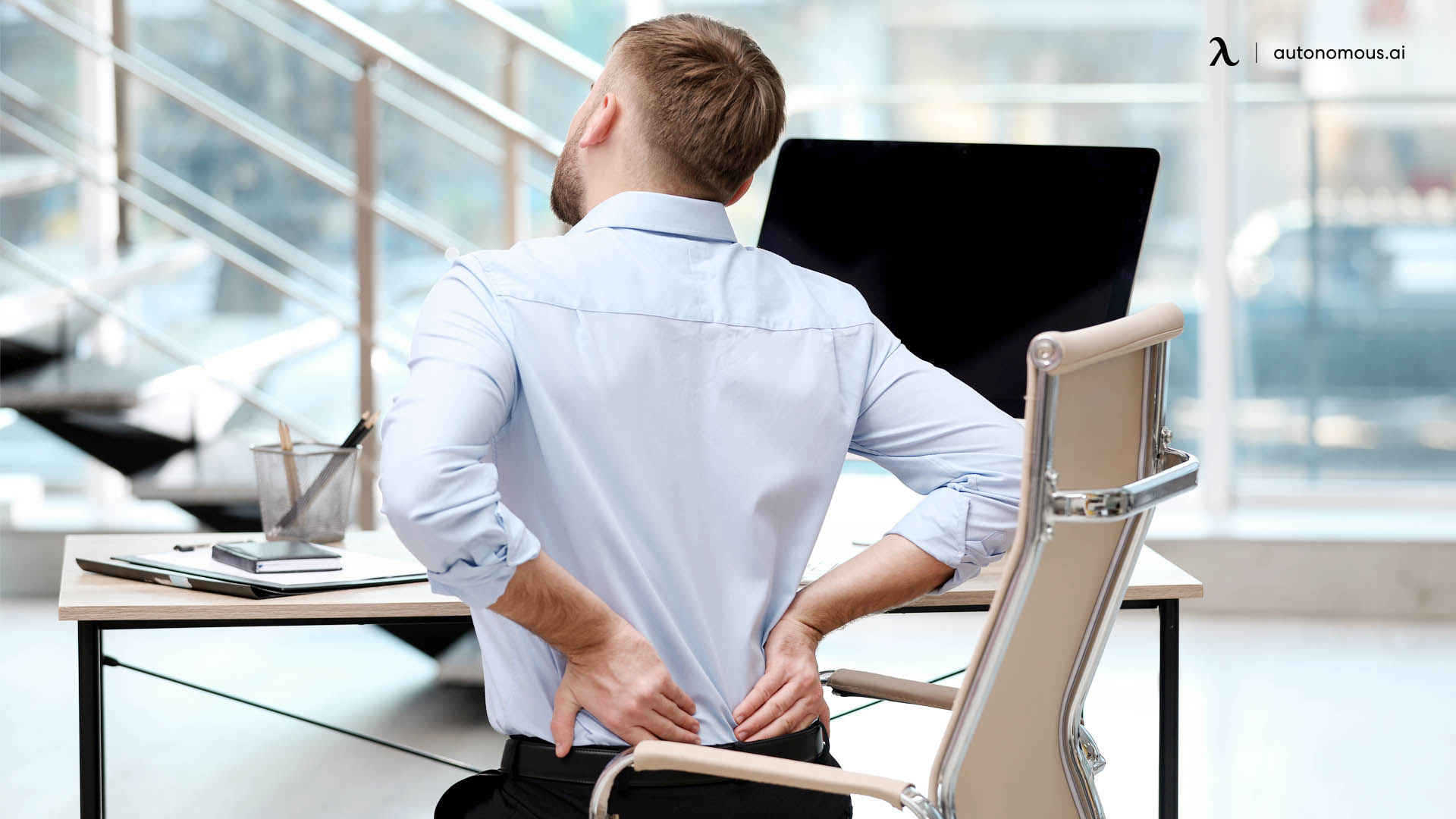
2.3. Lack of Movement
Even the best ergonomic chair can contribute to discomfort if you do not move regularly. Staying seated for too long can reduce blood flow, leading to muscle fatigue and strain. Incorporating breaks to stand, stretch, and move can help mitigate discomfort.
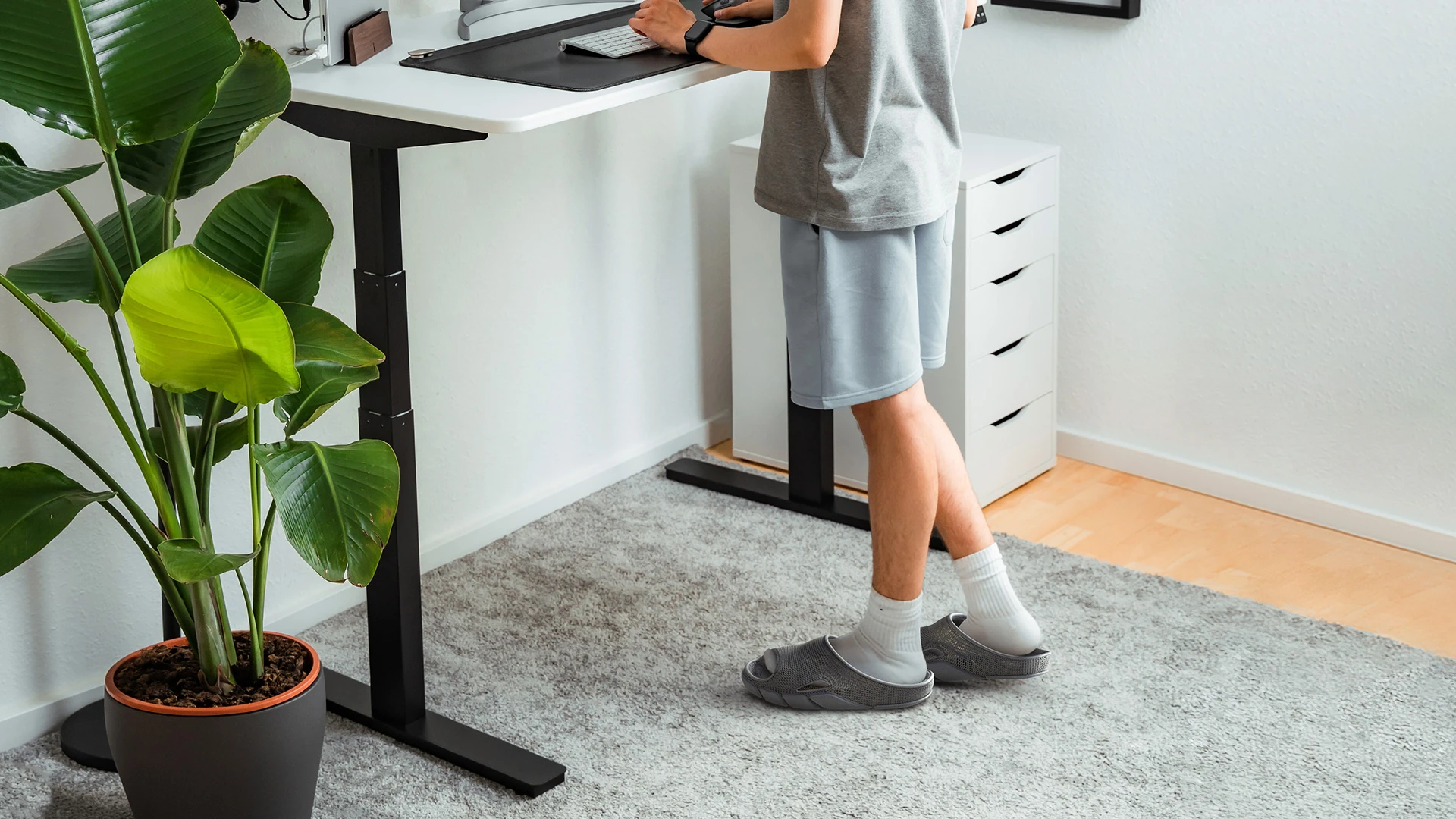
2.4. Individual Body Mechanics
Each person’s body is different. What works for one individual may not work for another. Variations in height, weight, and body shape can affect how an ergonomic chair supports you.
- Body Composition: If you have a larger or smaller frame than the chair is designed for, it may not provide the support you need.
- Existing Conditions: Pre-existing conditions like scoliosis or herniated discs can make certain chair features less effective.
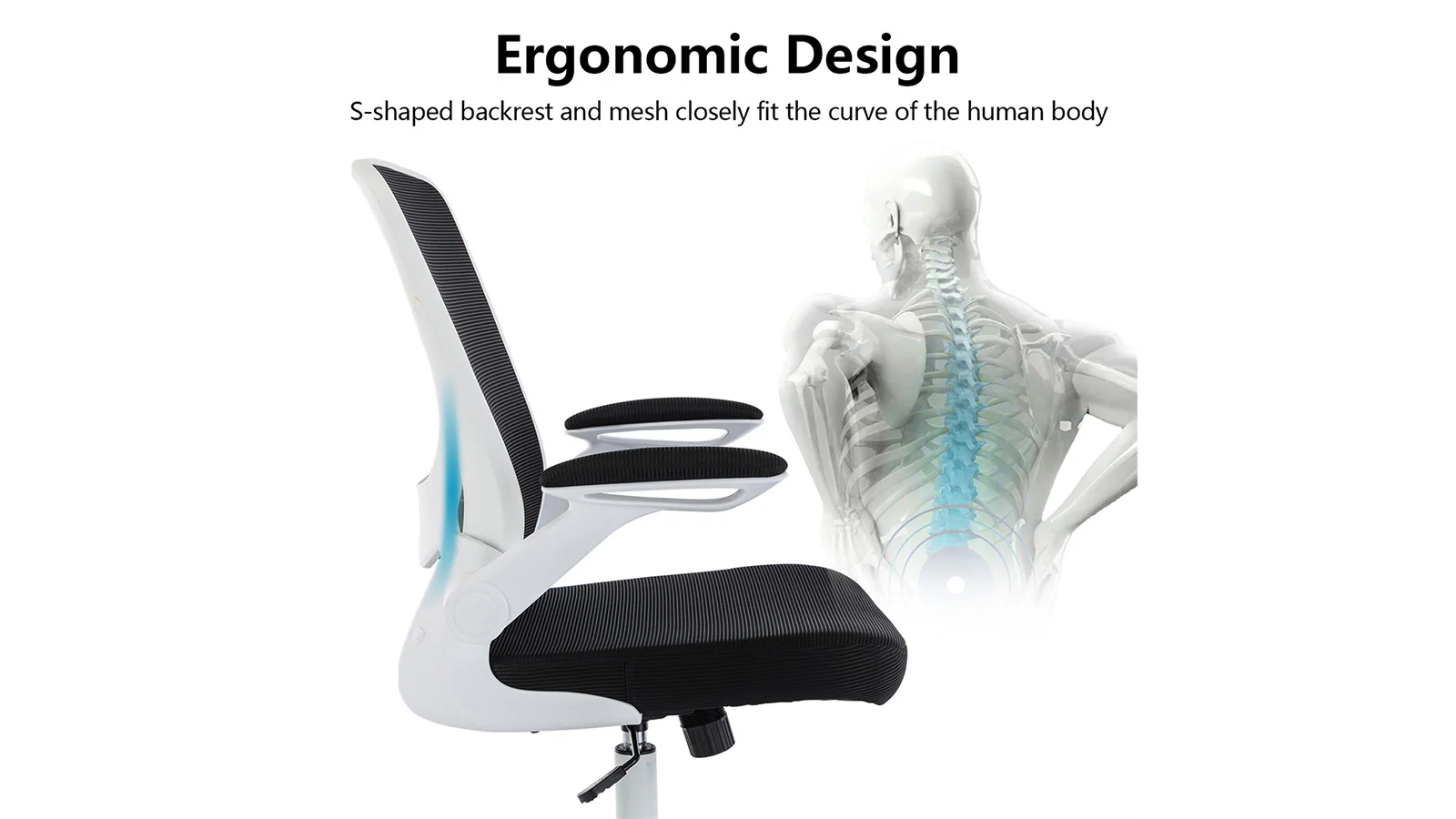
3. Signs That It’s Time to Upgrade Your Office Chair
If you find yourself frequently saying my office chair hurts my back, it may be time to consider an upgrade. Here are some signs that your current chair may not be serving you well:
- Persistent Pain: If you experience chronic back pain or discomfort that doesn’t improve with adjustments or regular movement, it’s a clear indication that your chair may not be suitable for your needs.
- Inability to Adjust: Older office chairs may lack the necessary adjustments to fit your body. If your chair does not have features like adjustable lumbar support or seat height, it might be time to look for a more ergonomic option.
- Worn-Out Cushioning: Over time, the cushioning in office chairs can wear down, losing its support. If your chair feels flat or hard, it’s unlikely to provide the comfort you need for long hours of sitting.
- Poor Posture: If you find yourself slumping or leaning forward frequently, your chair may not be providing the support needed to maintain good posture.
4. Choosing the Right Office Chair
When selecting an office chair, prioritizing features that cater to your ergonomic needs is essential for maintaining comfort and productivity throughout the day. Two exceptional options that exemplify ergonomic design and customization are the Autonomous ErgoChair Pro and the ErgoChair Ultra 2. Both chairs are engineered to adapt to your body's unique requirements, providing unparalleled support and comfort for extended sitting sessions.
4.1. ErgoChair Pro: Customization for Every Part of You
The ErgoChair Pro is designed with versatility in mind, featuring an impressive range of adjustments to accommodate every body type. With nine adjustable points, this chair ensures that it can harmonize with your body, providing support for all three primary sitting modes. Whether you prefer sitting upright, reclining, or a relaxed posture, the ErgoChair Pro adapts to your movements, ensuring comfort throughout your workday.
- Tilting Mechanism: The chair includes a synchro-tilt ratio, allowing the backrest to recline at a 2-to-1 ratio to the seat angle. This feature keeps the seat cushion level while providing essential support for your lower back, legs, and thighs—especially beneficial for those dealing with lumbar pain.
- Ventilation: The ultra-breathable woven mesh backrest promotes airflow, keeping you cool and comfortable during long working sessions. This design eliminates the discomfort of sweating and allows you to stay focused on your tasks without distractions.
- Lumbar Support: The ErgoChair Pro features a flexible lumbar cushion that can be adjusted up and down to accommodate various body types. This adaptability supports the natural curve of your spine, alleviating pain and stiffness for a personalized comfort experience.
- Design: With modern aesthetics beyond the typical black, white, and gray options, the ErgoChair Pro offers colors like Evergreen, Baby Blue, and Red Apple, adding a stylish touch to any workspace.
/https://storage.googleapis.com/s3-autonomous-upgrade-3/production/ecm/240715/1(1).jpg)
Autonomous Chair Ergo
| Dimensions | 29”L x 29”W x 46” - 50”H |
|---|---|
| Seat dimensions | 20”L x 20”W |
| Seat height | 18” - 20” |
| Back dimensions (w/o headrest) | 21”W x 22”H |
| Back dimensions (with headrest) | 21”W x 28” - 31”H |
| Tilt range | 22° |
| Armrest height | 11” - 14” |
| Armrest height (from the floor) | 26.7” - 32.2” |
| Caster wheel diameter | 2.36 inches |
| Number of caster wheels | 5 pieces |
| Materials | Polyester fabric with molded foam interior and durable nylon plastic frame; PU handrest pads. |
| Colors | Cool Gray, Evergreen, All Black Red Apple, Black & White, Baby Blue |
| Weight capacity | 300 lbs |
| Item weight | 48.5 lbs |
| Shipping dimensions | 29”L x 27”W x 19”H x 67 lbs |
| Assembly required | Yes |
| Warranty | 2 years |
| Free returns | 30 days The trial and return policy does NOT apply to products on sale. |
| Adjustability | Headrest, armrest, back tilt angle and tension, seat tilt and height. |
| Pros | Cons |
| 9 adjustable points, including headrest, armrests, and seat height, ensure personalized comfort. | Assembly required: May be challenging for some users. |
| Synchro-tilt mechanism: Reclines at a 2-to-1 ratio for balanced lower back and leg support. | Weighs 48.5 lbs, making it harder to move. |
| Breathable mesh: Prevents overheating, keeping you cool and focused. | |
| Flexible lumbar cushion: Adapts to your spine's curve, reducing pain and stiffness. | |
| Available in multiple stylish colors. | |
| Supports up to 300 lbs with a durable nylon plastic frame. |
4.2. ErgoChair Ultra 2: Enhanced Ergonomics and Style
The ErgoChair Ultra 2 takes ergonomic seating to the next level with its refined design and advanced features. Tailored for comfort and adaptability, this chair is perfect for users who seek both function and style in their workspace.
- Tilt Range: With a tilt range of 25°, the chair promotes dynamic movement while providing critical support for your lower back.
- Lumbar Support: The chair's flexible lumbar support adapts to your spine's natural curve, alleviating discomfort and promoting healthy posture throughout your workday.
- Materials: Made from 100% TPE and polyester fabric upholstery with an ABS plastic frame and aluminum base, the ErgoChair Ultra 2 offers durability and ease of maintenance.
- Weight Capacity: Designed to support users up to 320 lbs, it caters to a wide range of individuals, ensuring stability and comfort.
- Colors: Available in Onyx Black and Dover Gray, the ErgoChair Ultra 2 blends seamlessly into any modern office environment.
5. FAQs
5.1. Can an office chair cause back pain?
Yes, an office chair can contribute to back pain, especially if it lacks proper support, is poorly adjusted, or is used for extended periods without breaks.
5.2. Why do ergonomic chairs hurt my back?
Ergonomic chairs may hurt your back due to improper adjustment, lack of movement, or individual body mechanics that make the chair's features ineffective for you.
5.3. What should I do if my office chair hurts my back?
First, try adjusting the chair to better fit your body. If discomfort persists, consider incorporating movement breaks or exploring new chair options that provide better support.
Conclusion
If your office chair hurts your back, it’s essential to understand the underlying causes and when it may be time for an upgrade. Poor adjustment, lack of movement, and individual body mechanics can all contribute to discomfort, making it crucial to select a chair that meets your ergonomic needs. Investing in a high-quality, adjustable office chair can significantly improve your comfort and productivity, allowing you to work without pain. Prioritize your back health by assessing your current chair and making the necessary changes for a more comfortable workspace.
Stay connected with us!
Subscribe to our weekly updates to stay in the loop about our latest innovations and community news!
Interested in a Link Placement?
Spread the word


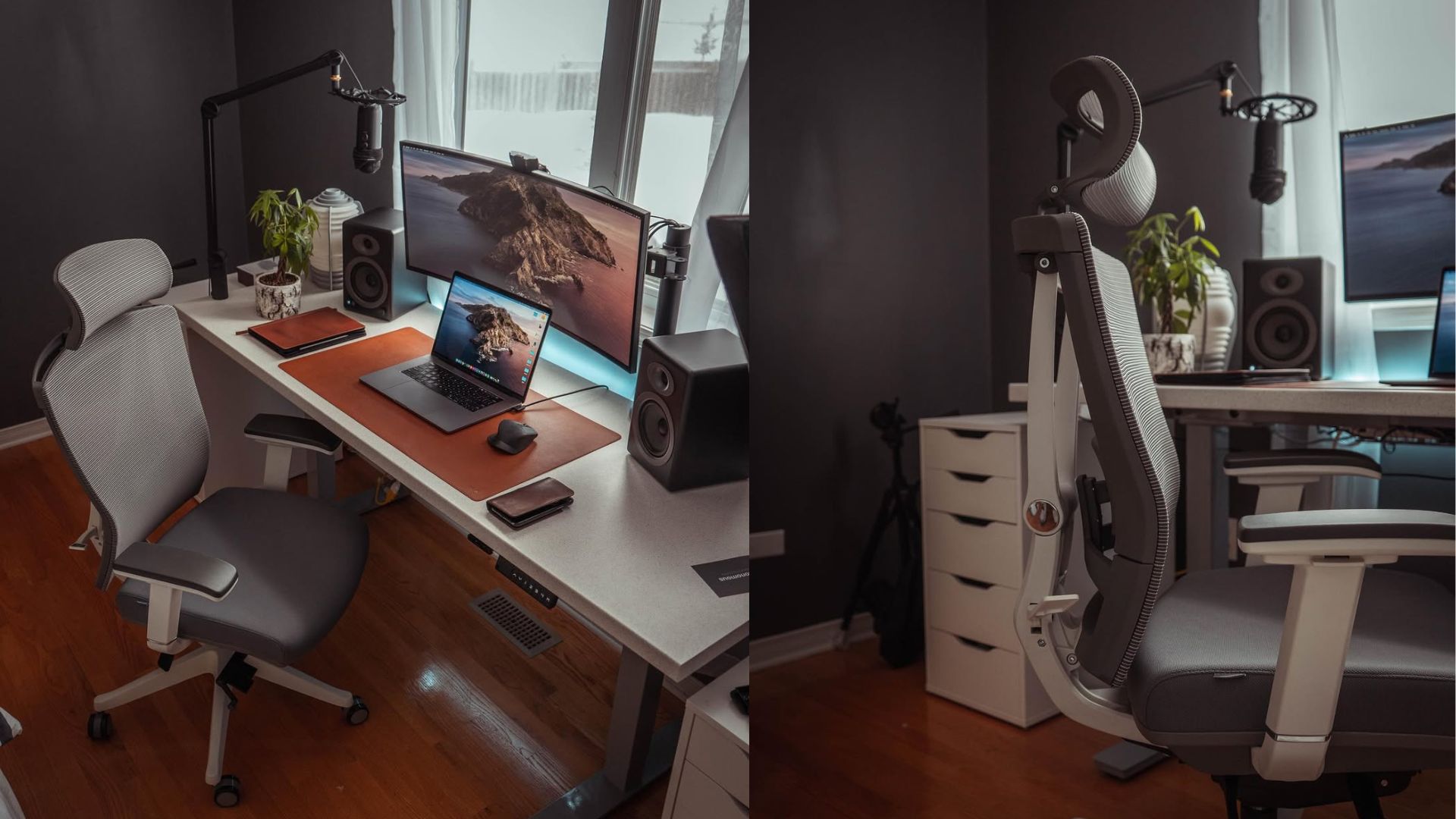
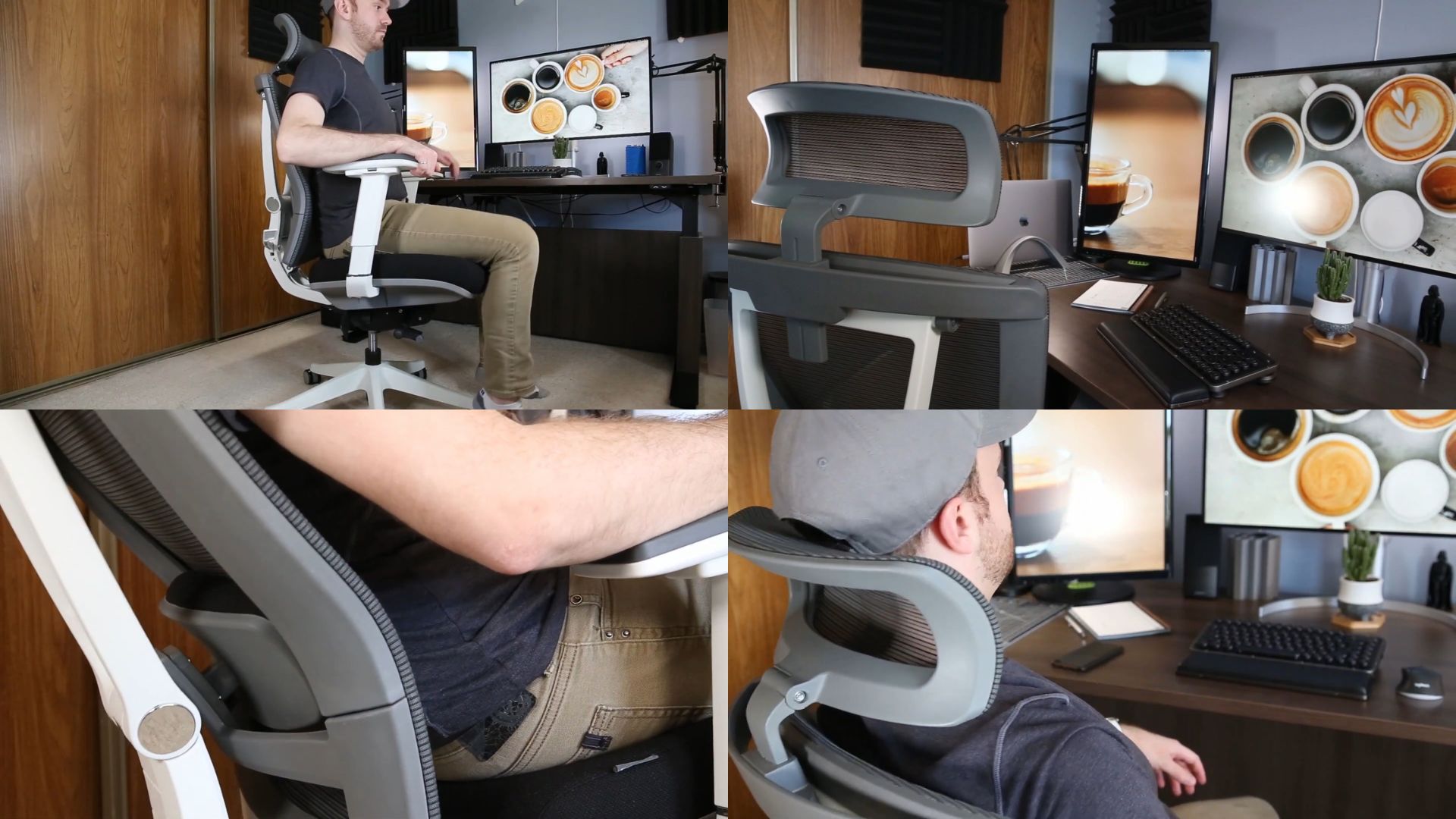
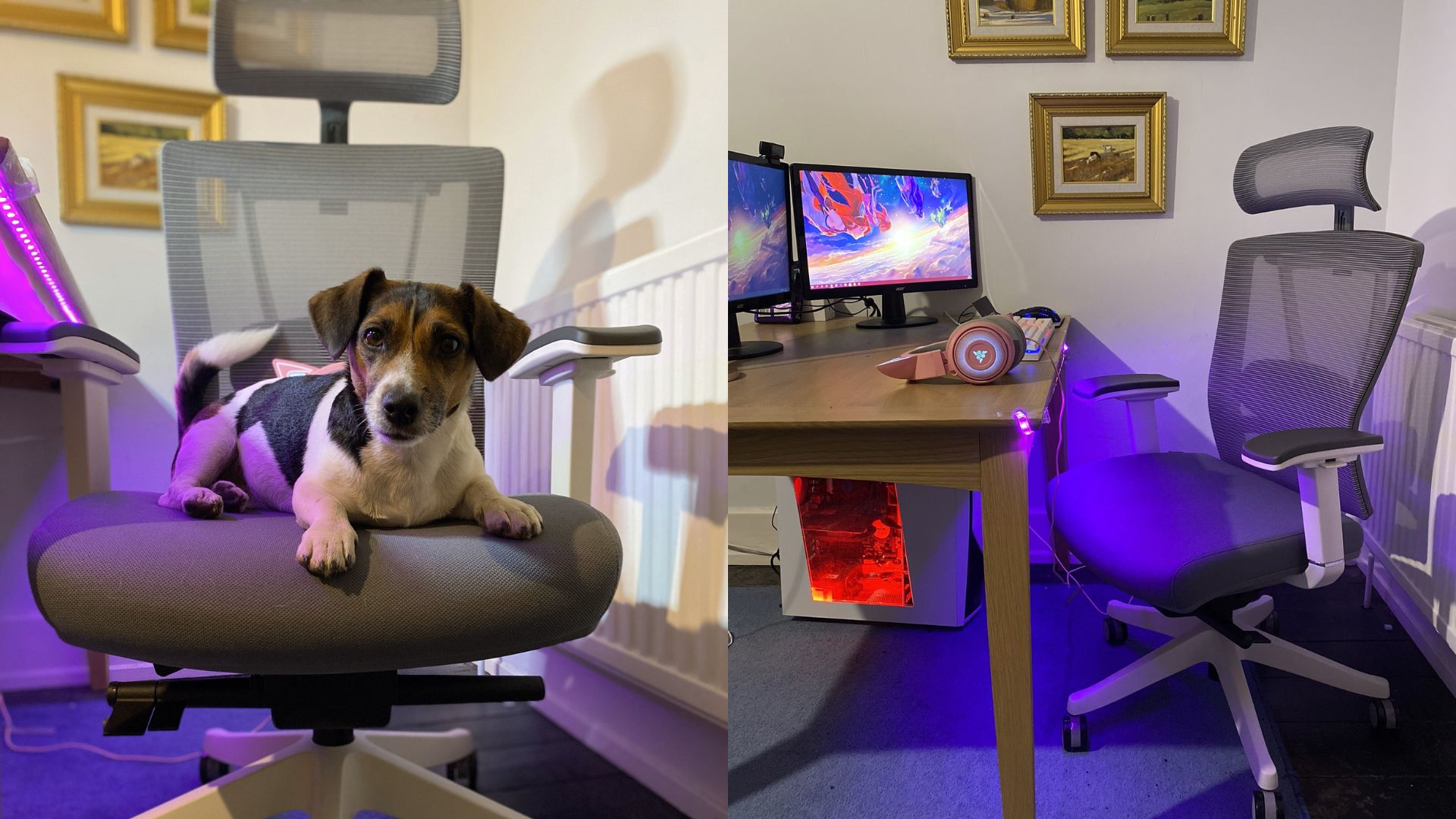
/https://storage.googleapis.com/s3-autonomous-upgrade-3/production/ecm/241004/1(1).jpg)

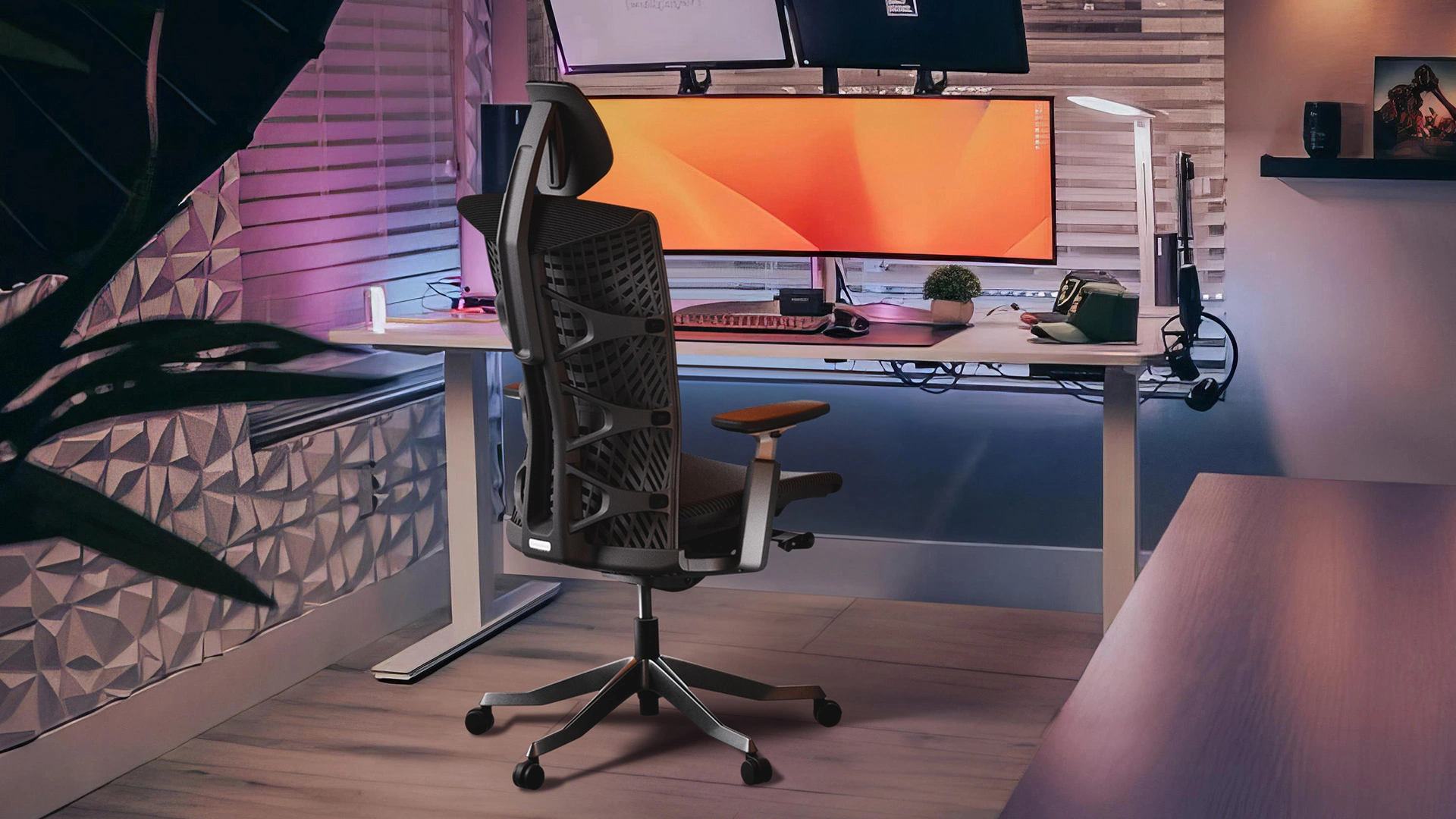
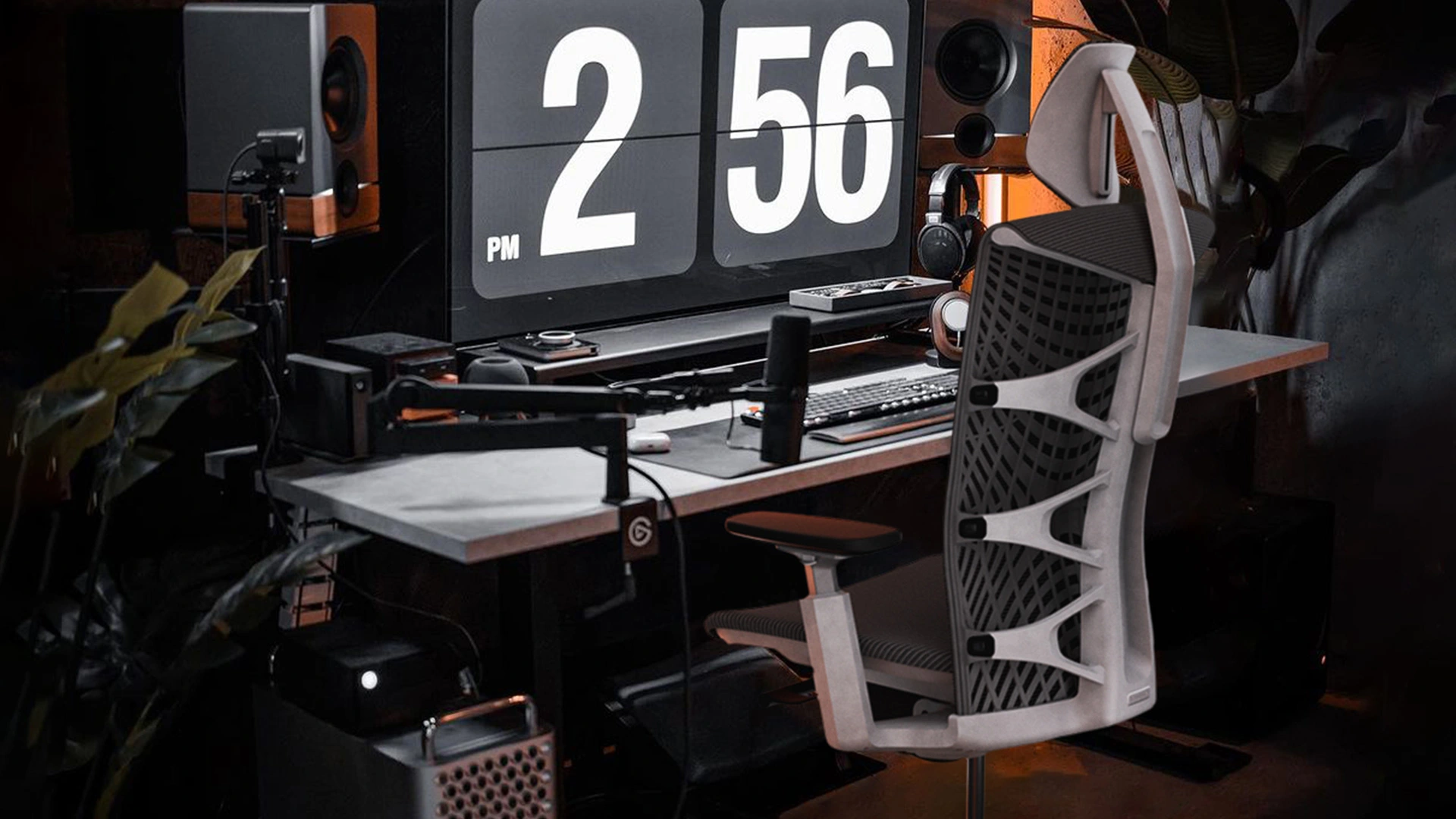
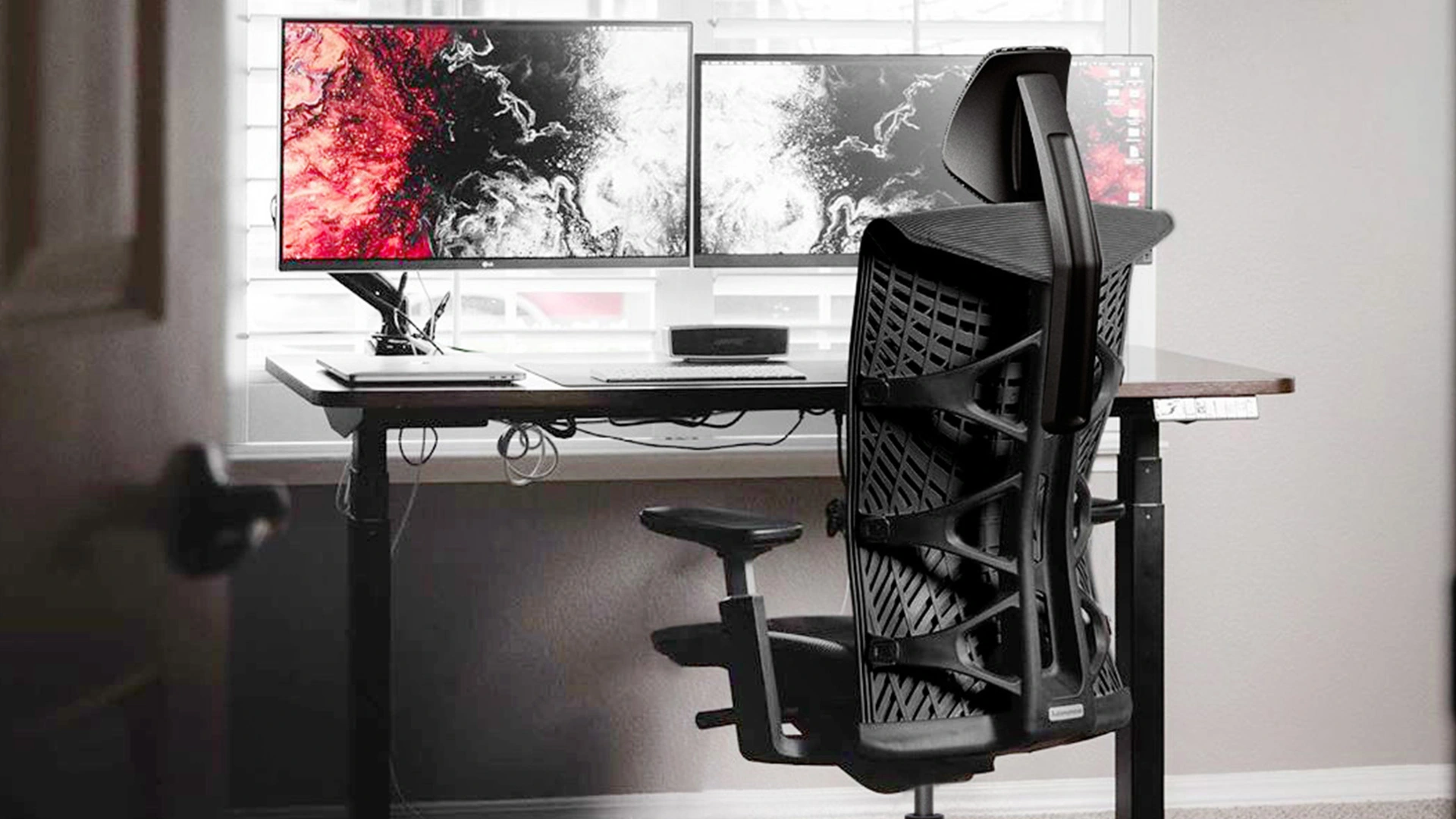


/https://storage.googleapis.com/s3-autonomous-upgrade-3/production/ecm/230914/bulk-order-sep-2023-720x1200-CTA-min.jpg)

/https://storage.googleapis.com/s3-autonomous-upgrade-3/production/ecm/230824/Alex-28a9a700-5aef-45ab-918e-1bbc4cc5722e.jpg)